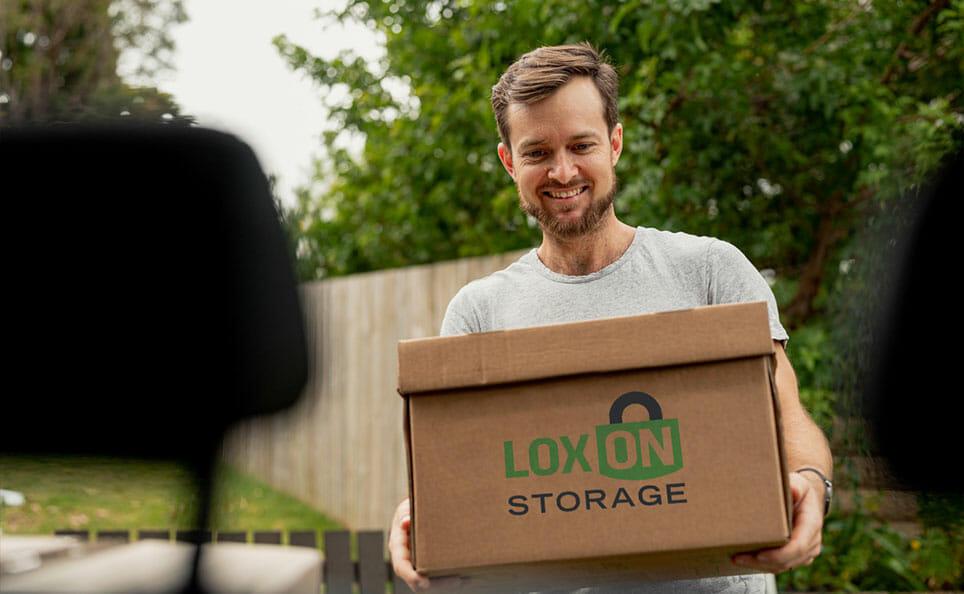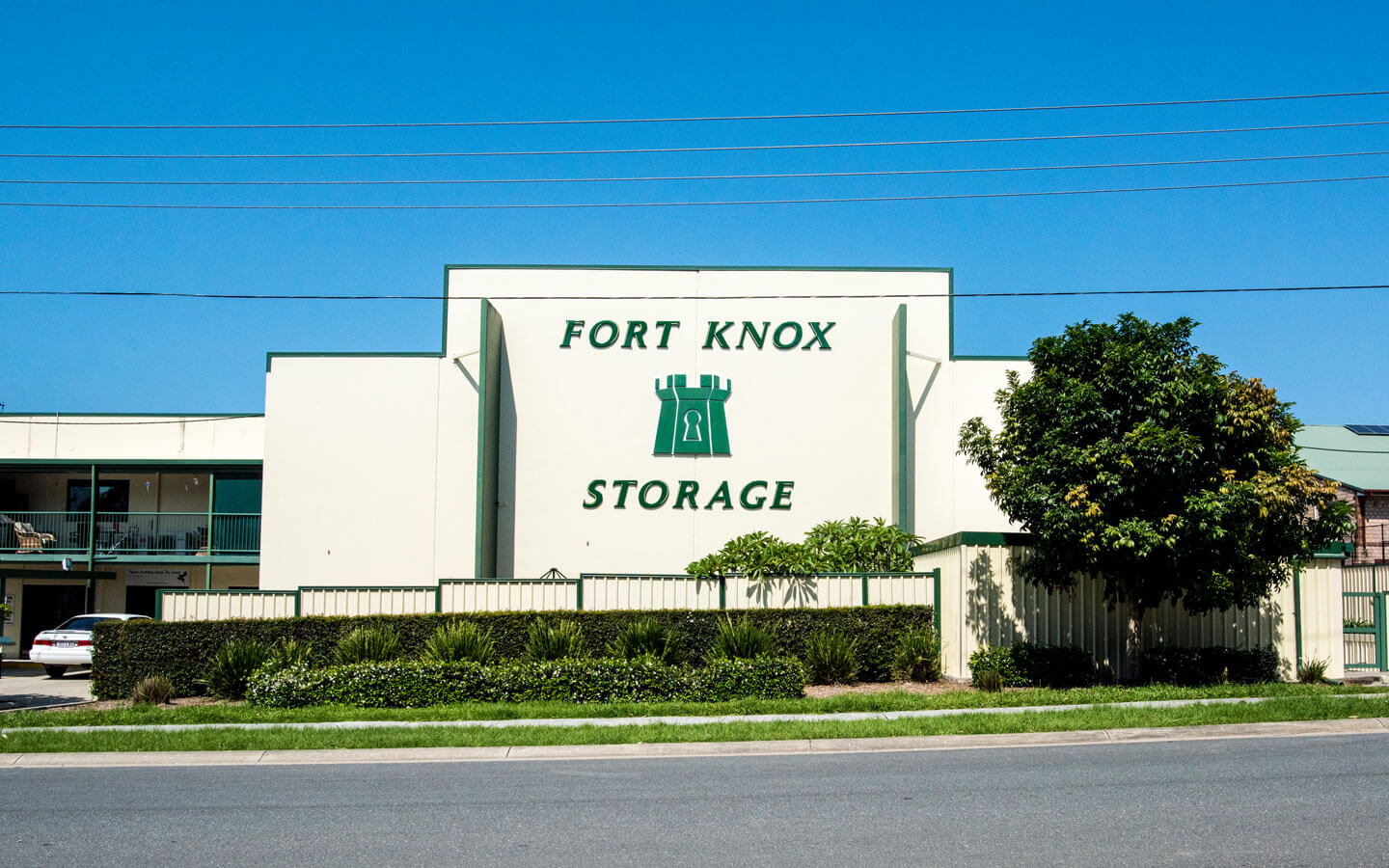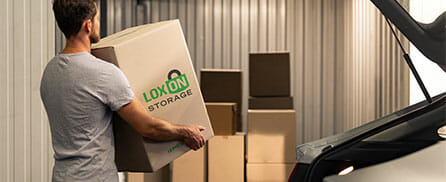Jul 13 2020
How To Prevent Mould In Your Storage Unit
We know there is nothing more important than preserving your belongings and valuables. Storage units provide superior protection of your belongings but maintenance and monitoring the conditions of your unit can prevent accidental damages.
Given the subtropical climate we live in, which can come with a lot of warm and wet weather, mould will always be a threat to our belongings and is one of the leading causes of damage, even for belongings in our homes.
Certain practices and tips can prevent mould from growing and damaging your belongings. At our storage units, we recommend our clients take care to avoid irreparable mould-related damages or losses.

Why Does Mould Appear in Storage Units?
Mould is a fungal species that occurs naturally in damp and moist conditions. If the indoor relative humidity reaches 70% or more for long periods of time, mould will begin to grow. In the Queensland context, mould is common throughout our homes and outdoors.
The closed space of a storage unit provides the prime conditions for mould to grow if goods are stored with any soiling.
Preventing Mould In Storage: Tips & Tricks
Although mould can grow widely and naturally, we have found key tips and tricks can help prevent or remove mould in storage units. From initial checks, to storage techniques and maintenance, mould prevention can keep your belongings stored safely.
Initial Mould Checks
Initial checks of your storage unit can help to reduce the risk of moisture and dampness in your storage unit.
Whilst we pride ourselves on our storage facilities, an initial check of your unit before you begin moving in can guarantee the conditions are safe and sound. Once your belongings are moved in, it is difficult to adequately survey the space.
Protect Your Items
These initial checks can help minimise the impacts of moisture on your belongings, as long as they have been correctly stored and monitored.
- Storing your items off the floor can protect your items from the moisture and condensation collecting under the items. We recommend placing items and boxes onto wooden palettes or tarps to stop your belongings from being directly exposed.
- Wrapping your belongings will help avoid dust and dirt from impacting the items, as well as protect the item from any exposure to condensation. Use the optimal packing material for the item itself, as leather, wood and paper all require unique care techniques.
Packing Materials
Paper and plastic are the most popular packing solutions. Paper boxes and carriers are flexible, readily available and affordable.
Plastic containers, whilst often more expensive, are also useful for storing goods.
Mould can occur on goods if stored in the wrong condition. Whether you use paper or plastic, monitoring your goods and ensuring they are free of any organic material prior to storage will minimise and protect these items from the mould growth or damage.
Double Check Your Container
The condition your individual items are stored in can help prevent mould. Only place items into the storage unit if they are entirely dry. Any moisture at all on the goods can lead to deterioration whilst in a storage unit. These dry items should be wrapped properly with cloth or blankets.

Get in touch!
Storage units are an optimal low maintenance storage solution. But the humid conditions of Queensland does mean these units are not simply a set and forget solution. Monitoring and maintaining the conditions and items will help guarantee everything is protected.
With 30+ years of storage experience, our Loxon family can help you keep your belongings safe. To learn more about facilities available and mould prevention, get in touch with our friendly team.




